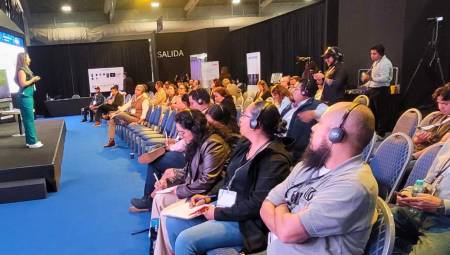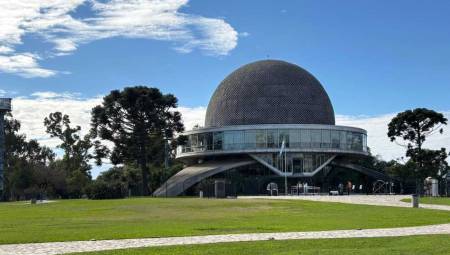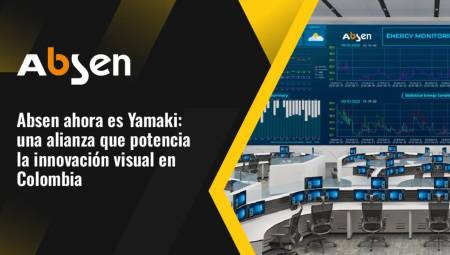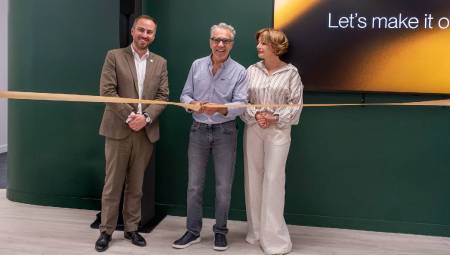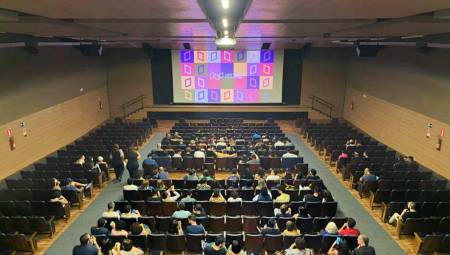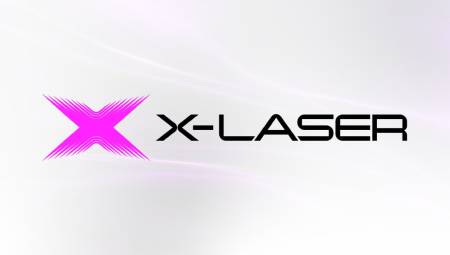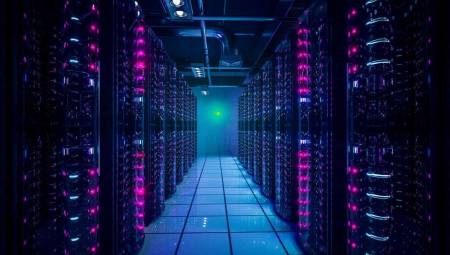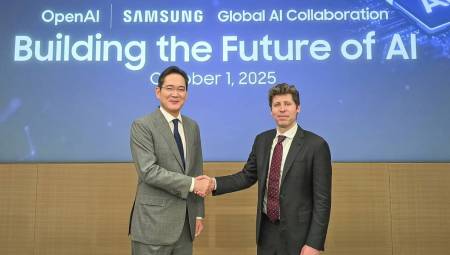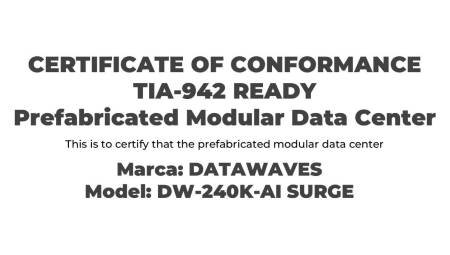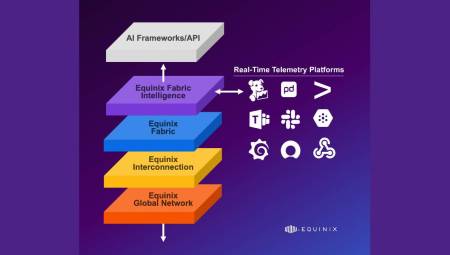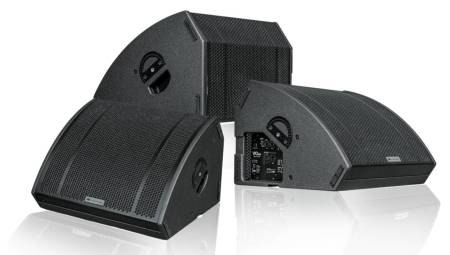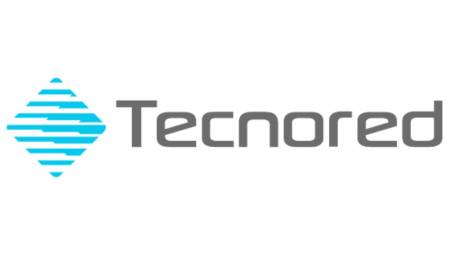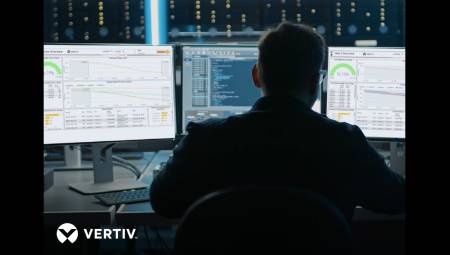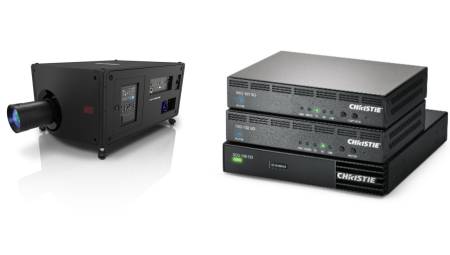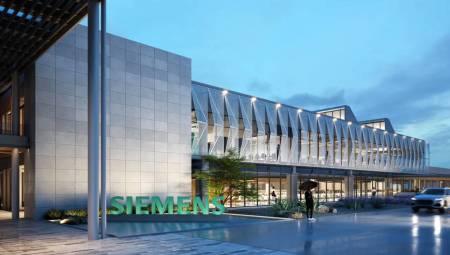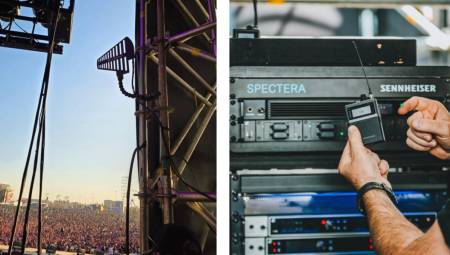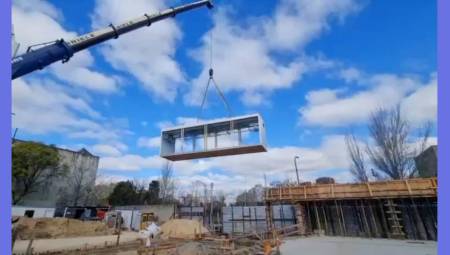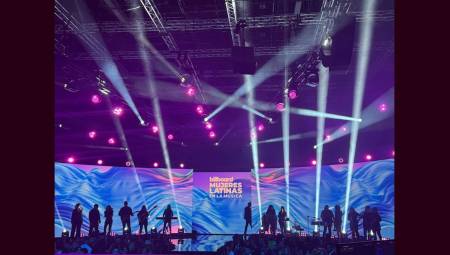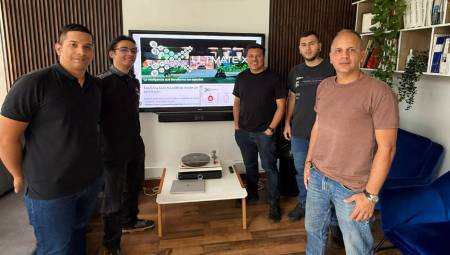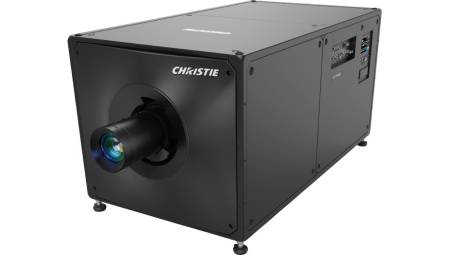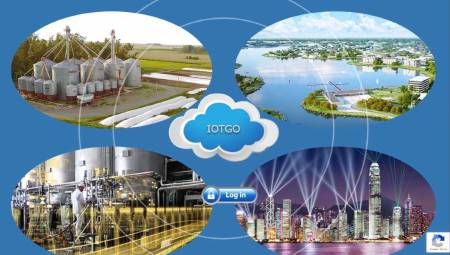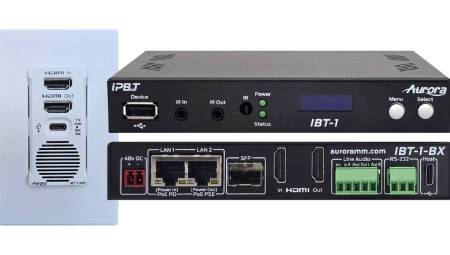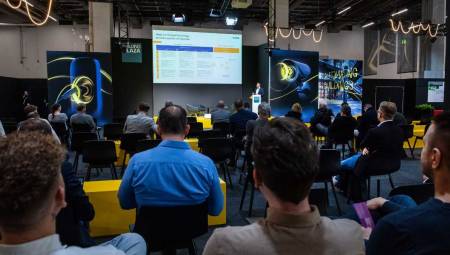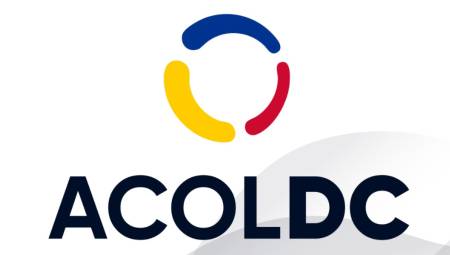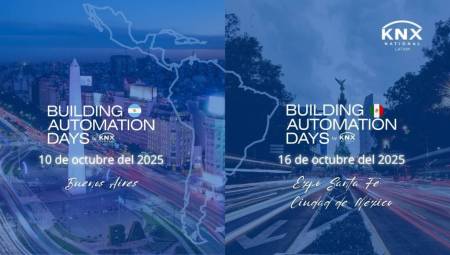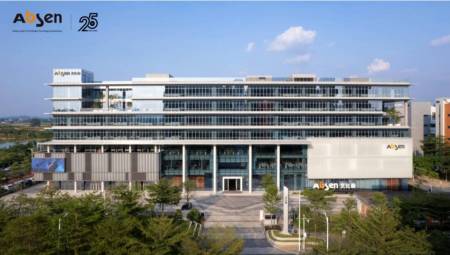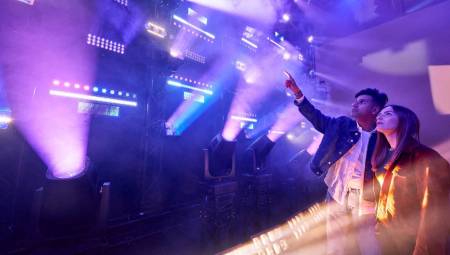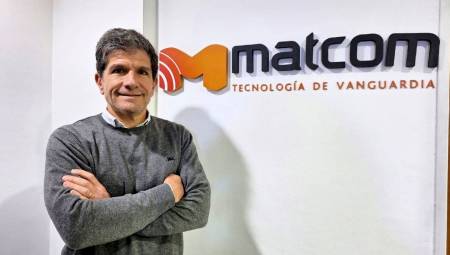Colombia. The time to change the trajectory of climate change begins with city essentials like buildings. These must be modernized to be a fundamental part in the change and decarbonization of the hand of current technology.
According to the company Schneider Electric, for Latin American countries, the concept of intelligent buildings is already known, however, its implementation continues to be explored, having notorious advances focused mainly on the user experience and cost-efficient benefits for companies. To achieve better development, a new chapter in the history of these is approaching, where they are assuming new roles and promoting new business models.
According to the latest study by analyst IndustryARC, it is estimated that there will be an increase in investment from the building automation industry by 9.8% annually until 2027. Given this, the new business models of the infrastructure sector must be increasingly directed towards compliance with indexes and standards imposed by local regulations, with the development of projects where sustainable and automation processes are involved.
Daniela Mora, director of the Digital Energy business unit for the Andean Cluster at Schneider Electric, presents the five reasons and benefits why investing in a smart building project is the trend for this year:
1. Optimization of resources: Having a smart building involves technological systems that are characterized by the consumption not only of energy, but also of water and other resources. Being able to invest in a project of these must integrate a control and monitoring system for actions such as lighting, air conditioning, among other services, which can be managed correctly and sustainably.
2. Contribution to the environment: Since buildings are responsible for approximately 30% of CO2 emissions, being able to participate in a project for an intelligent building will give you the security of being able to contribute to the goals set by the country in compliance with the 2030 Sustainable Development Goals.
3. Savings: Although at the moment the costs in materials and energy service are categorized as two aspects currently on the rise, the maintenance of building systems is key to generating savings and evolving or migrating to condition-based maintenance.
4. Visibility and differentiation: Latin America is not yet recognized by smart buildings, as it is an area of great competitiveness, however, it becomes an ideal and differential opportunity to make a contribution in this matter to the country. One of the most recent success stories is Terranum de Colombia, who develop and operate real estate projects and have implemented in all their buildings the EcoStruxure Building solution of Schneider Electric, having great potential achieving energy efficiencies of 15% per year, optimizing maintenance resources by 10% and solving problems remotely by 30%.
5. Productivity for people: The development of this type of projects for companies, improves not only the quality of life of its users, but also allows to increase the productivity of businesses, since factors such as the improvement of air quality are involved. A relevant aspect when opting for a project of an intelligent building, because it will allow you to have a level of satisfaction in relation to the experience that people may have in these new spaces.
This is how integrated systems and electricity 4.0, become the main needs for intelligent buildings in the new world, which are essential for the development and fulfillment of this type of projects that combine technology and sustainability.


























